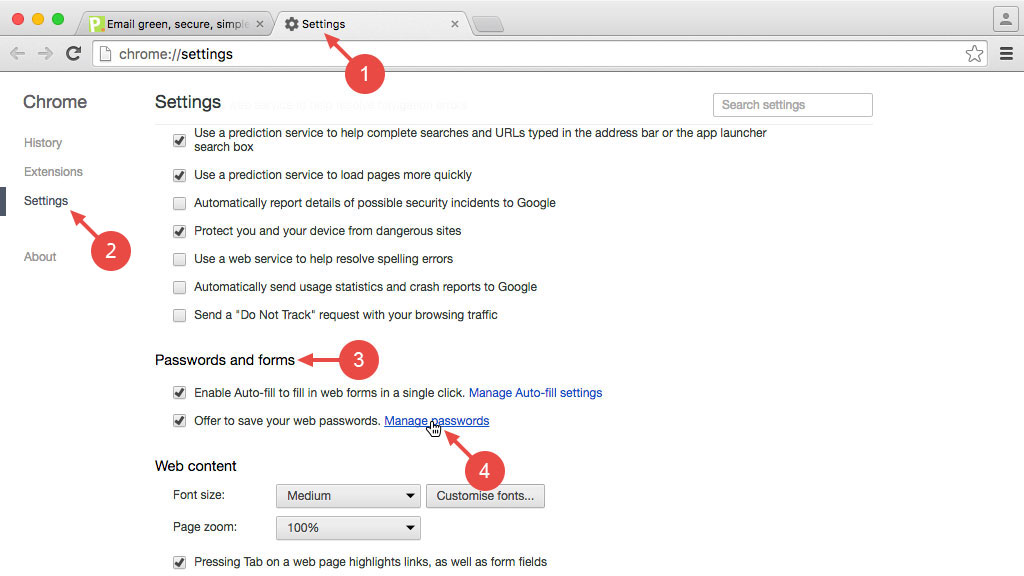

To get more help on the Angular CLI use ng help or go check out the Angular CLI README. Like Dropbox, save a password to PasswordBox and it is instantly and securely saved to all your browsers, computers, tablets and phones. Run ng e2e to execute the end-to-end tests via Protractor. USE PASSWORDBOX EVERYWHERE PasswordBox works on all your computer browsers including Opera, Chrome, Firefox, Safari and Internet Explorer, and your Droid and iOS devices too. Run ng test to execute the unit tests via Karma.

Use the -prod flag for a production build. The build artifacts will be stored in the dist/ directory. You can also use ng generate directive|pipe|service|class|guard|interface|enum|module. Run ng generate component component-name to generate a new component. Navigate to The app will automatically reload if you change any of the source files. So as long as you have synced passwords to Google account, now you can access the data with Google account or sync passphrase on any device.This project was generated with Angular CLI version 1.7.3. Super frustrating to have my favorite part of this extension hobbled. Would LOVE to have CTRL - back to autofill. It is far more difficult to autofill, especially when you have multiple logins to the same site. When everything is synced, navigate to chrome://settings/passwords in address bar and you can see all the saved users and passwords that have ever been synced to this Google account on another computer.Ĭhrome sync can save your bookmarks, history, passwords, and other settings securely to your Google Account and allow you to access them from Chrome on any device. I just downloaded version 8 & the newest chrome extension. Click it and type passphrase and submit.ģ. You would be asked to enter passphrase to start sync. Type passphrase to sync data to this device entirely. Open Chrome on another computer and sign in to Chrome with Google account you have synced data to.Ģ. By syncing data with Google account and passphrase on another computer, you would get the passwords you have synced to this Google account.ġ. If you are locked out of Windows computer, but need to find out Chrome saved passwords, please try this way. Way 3: Find Chrome saved passwords from syncing devices Click Save button and choose a location to save the text file. Step 3: Lastly you can save all the login users and passwords in a text file to back up on your computer. Step 2: Click Recover button on Chrome Password Genius and all saved usernames and passwords for the websites login are listed. Step 1: Download, install and run Chrome Password Genius on your Windows computer. Get the utility iSunshare Chrome Password Genius to recover all passwords saved in Google Chrome at once with one click. Way 2: Recover Chrome saved passwords with Chrome password recovery tool You have to find saved passwords in Chrome one by one with this method, while the following way will help you recover chrome saved passwords at once with only one click. USE PASSWORDBOX EVERYWHEREPasswordBox works on all your computer browsers including Chrome, Firefox, Safari and Internet Explorer. Learn 5 ways to remove Windows password if forgot it. LEGACY LOCKERPasswordBox is the only secure password manager that offers the ability to protect your digital legacy during life and after, enabling you to pass on your online accounts to a spouse or people you trust. Otherwise, you will fail to show Chrome saved passwords. If it is your first time to show the saved passwords in Chrome, and if your Windows login user is protected with password, now you would have to enter its password to go on. On pop-up Saved password details, click the eye icon next to Password. Under Saved Passwords list, click the symbol next to Password and choose Details.ģ. Or type "chrome://settings/passwords" in address bar and press Enter.Ģ. Open Chrome Settings Advanced Password and forms Manage passwords. Way 1: Find saved passwords on Chrome browser settingsġ.

Google Chrome gives you the option to save your various internet passwords. How to Recover or Find All Passwords Saved on Chrome


 0 kommentar(er)
0 kommentar(er)
